Honda Civic Service Manual: FTT Sensor Removal and Installation (R18A9)
310109

| 1. | Vehicle Lift |
|
| 2. | Fuel Pressure - Relieving (Between the fuel tank and the engine) (Natural Gas Model) |
|
|
Compressed natural gas is flammable and highly explosive. You could be
killed or seriously injured if leaking natural gas is ignited.
|
| 3. | Rear Floor Undercover (Natural Gas Model) |
|
|
|
| 4. | Fuel Pipes at the Fuel Joint Block (Natural Gas Model) |
|
|
|
||||||
| 5. | Lower The Vehicle On The Lift |
|
| 6. | Left Rear Door Panel Assembly (Natural Gas Model) |
|
|
|
|
|
|
| 7. | Rear Seat Cushion |
|
|
|
|
|
|
| 8. | Center seat belt buckle bolt |
|
|
|
| 9. | Rear Seat-Back (Natural Gas Model) |
|
|
|
|
|
|
|
|
|
| 10. | Both C-Pillar Trims |
|
|
|
||||||||||||
|
|
|
| 11. | Rear Shelf (Natural Gas Model) |
|
|
|
|
|
|
|
3. |
Pull out both rear seat belts (A) and the rear center seat belt (B) through the slits in the rear shelf trim (C), then remove the rear shelf trim. |

| 12. | Trunk Floor Lid (Natural Gas Model) |
|
|
|
| 13. | Trunk Front Trim Panel (Natural Gas Model) |
|
|
|
| 14. | Fuel Tank Protector (Natural Gas Model) |
|
|
|
| 15. | Rear Bulkhead Gusset Both Sides (Natural Gas Model) |
|
|
|
| 16. | Rear Parcel Cover (Natural Gas Model) |
|
|
|
| 17. | Rear Shelf Gusset Both Sides (Natural Gas Model) |
|
|
|
| 18. | Rear Floor Upper Crossmember Gusset (Natural Gas Model) |
|
|
|
| 19. | Fuel Tank Assembly (Natural Gas Model) |
|
|
|
|
|
|
|
|
|
|
|
|
| 20. | Fuel Pipe Duct (Natural Gas Model) |
|
|
|
|||||||||||||||
| 21. | Fuel Joint Duct (Natural Gas Model) |
|
|
|
|||||||||
| 22. | FTT Sensor (Natural Gas Model) |
|
|
|

| 1. | Fuel Pipe Connector O-Ring (Natural Gas Model) |
|
|
|
||||||
|
|
|
||||||||||||
| 2. | FTT Sensor (Natural Gas Model) |
|
|
|
| 3. | Fuel Joint Duct (Natural Gas Model) |
|
|
|
|||||||||
| 4. | Fuel Pipe Duct (Natural Gas Model) |
|
|
|
|||||||||||||||
| 5. | Fuel Tank Assembly (Natural Gas Model) |
|
|
|
|
|
|
|
|
|
|
|
|
| 6. | Rear Floor Upper Crossmember Gusset (Natural Gas Model) |
|
|
|
|||||||||||||||||
| 7. | Rear Shelf Gusset Both Sides (Natural Gas Model) |
|
|
|
| 8. | Rear Parcel Cover (Natural Gas Model) |
|
|
|
| 9. | Rear Bulkhead Gusset Both Sides (Natural Gas Model) |
|
|
|
| 10. | Fuel Tank Protector (Natural Gas Model) |
|
|
|
| 11. | Trunk Front Trim Panel (Natural Gas Model) |
|
|
|
| 12. | Trunk Floor Lid (Natural Gas Model) |
|
|
|
| 13. | Rear Shelf (Natural Gas Model) |
|
1. |
Slip the rear seat belts (A) and the rear center seat belt (B) through the slits in the rear shelf trim (C). |

|
|
|
|
|
|
| 14. | Both C-Pillar Trims |
|
|
|
|
|
|
||||||||||||||||||||||||
| 15. | Rear Seat-Back (Natural Gas Model) |
|
|
|
|
|
|
|
|
|
| 16. | Center seat belt buckle bolt |
|
|
|
| 17. | Rear Seat Cushion |
|
|
|
|
|
|
| 18. | Left Rear Door Panel Assembly (Natural Gas Model) |
|
|
|
|
|
|
| 19. | Door Position - Adjustment (4-door) |
|
Front
Rear
|
|
||||||||||||||||||||||||
|
|
|
| 20. | Fuel Pipes at the Fuel Joint Block (Natural Gas Model) |
|
|
|
|||||||||
| 21. | Rear Floor Undercover (Natural Gas Model) |
|
|
|
| 22. | Manual Shut-off Valve - Open (Natural Gas Model) |
|
|
|
| 23. | Fuel Supply System Leak - Inspection (Natural Gas Model) |
|
|
|
|
|
|
|
|
|
 Fuel Tank
Fuel Tank
...
 Fuel Tank Draining (K24Z7)
Fuel Tank Draining (K24Z7)
Removal
1.
HDS DLC - Connection
NOTE: For specific operations, refer to the user's manual that
came with the Honda Diagnosti ...
See also:
Honda Civic Owners Manual. Shift Lever Does Not Move
Continuously variable transmission models
Follow the procedure below if you cannot move the shift lever out of the (P
position.
Releasing the Lock
Set the parking brake.
Models without smart entry system
Remove the key from the ignition switch.
Models with smart entry system
...







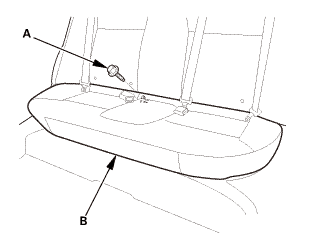
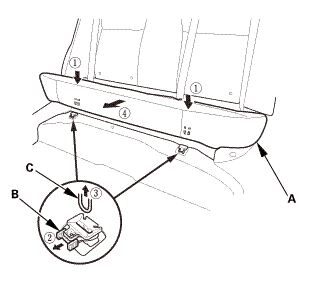























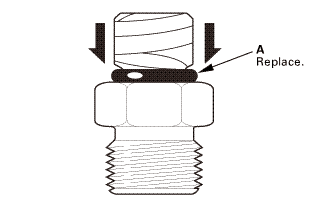




 3s
3s



 on
on 22
22





 m.imim
m.imim
 32
32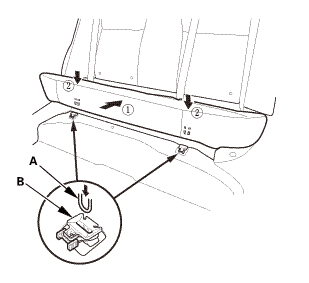
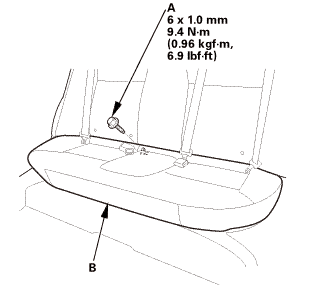

 mm
mm

 -.25u....m.2n
-.25u....m.2n ioumm
ioumm


